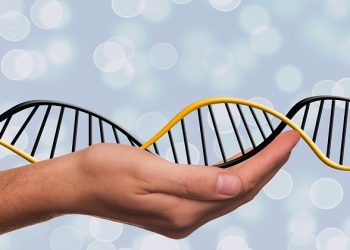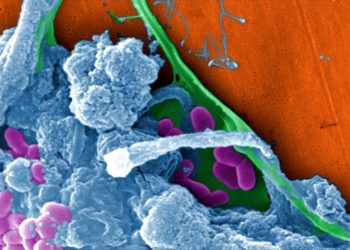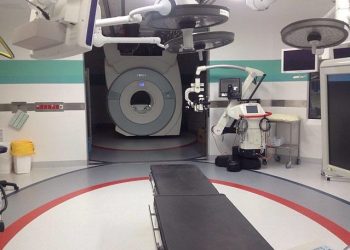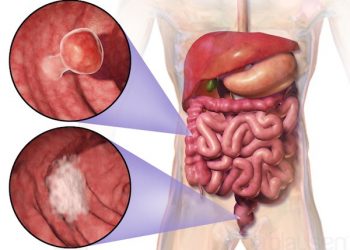- What is Crispr-CAS?
Crispr-CAS (Clustered Regularly Interspaced Short Palindromic Repeats) is a revolutionary gene-editing technology that allows scientists to make precise changes to the DNA of living organisms. It was first discovered in bacteria, where it functions as a defense mechanism against viruses by cutting and destroying their genetic material.
CRISPR-CAS is sometimes referred to as “magic scissors” due to its ability to make precise cuts in the DNA of living organisms. CRISPR-CAS works by using a small piece of RNA called a guide RNA to direct an enzyme called Cas-9 to a specific location in the DNA sequence. Once the enzyme reaches its target, it cuts the DNA at that location, allowing scientists to remove, add, or modify specific genes. The precision of CRISPR-CAS has been compared to that of a pair of scissors, making it a powerful tool for gene editing.
The nickname “magic scissors” reflects the revolutionary nature of this technology and its potential to make precise changes to the genetic makeup of living organisms.
- How does Crispr-CAS work?
Crispr-CAS works by using a small piece of RNA called a guide RNA to direct an enzyme called Cas-9 to a specific location in the DNA sequence. Once the enzyme reaches its target, it cuts the DNA at that location, allowing scientists to remove, add, or modify specific genes.
- What are some potential applications of Crispr-CAS?
Crispr-CAS has the potential to be used in a variety of applications, including:
- Agricultural: Crispr-CAS could be used to genetically modify crops to make them more resistant to pests and diseases, or to improve their nutritional content.
- Medical: Crispr-CAS could be used to correct genetic defects in humans, potentially leading to new treatments for genetic diseases such as cystic fibrosis and sickle cell anemia.
- Environmental: Crispr-CAS could be used to help restore populations of endangered species, or to remove invasive species from ecosystems.
- Is Crispr-CAS safe?
The safety of Crispr-CAS is still being studied, and there are concerns about the potential for unintended consequences when making changes to the DNA of living organisms. However, many scientists believe that the potential benefits of Crispr-CAS outweigh the risks, and that it has the potential to be a powerful tool for improving human health and the environment.
- How has Crispr-CAS been used so far?
Crispr-CAS has been used in a variety of research studies and has shown promising results in a number of areas, including:
- Correcting genetic defects in human cells in a lab setting
- Modifying the genes of animals, such as mice and monkeys, to study the effects of specific genetic changes
- Genetically modifying plants to improve their resistance to pests and diseases
- Is Crispr-CAS being used in humans?
Crispr-CAS has not yet been approved for use in humans, but clinical trials are underway to evaluate its safety and effectiveness. If these trials are successful, it is possible that Crispr-CAS could be used to treat a variety of genetic diseases in the future.
- What are some potential ethical concerns with Crispr-CAS?
There are a number of ethical concerns surrounding the use of Crispr-CAS, including:
- The possibility of unintended consequences: While Crispr-CAS is a precise tool, there is still the risk that changes to the DNA of living organisms could have unintended consequences that are not fully understood.
- The potential for abuse: There is concern that Crispr-CAS could be used for unethical purposes, such as creating genetically modified babies or altering the genes of entire populations.
- The potential for unequal access: If Crispr-CAS is approved for use in humans, it is possible that it could be expensive and only available to certain groups of people, leading to inequalities in access to this potentially life-changing technology.
8. Who owns the intellectual property rights to Crispr-CAS?
The intellectual property rights to Crispr-CAS are currently the subject of a legal dispute between the Broad Institute of MIT and Harvard, the University of California, and the University of Vienna.
In 2012, the Broad Institute filed a patent application for the use of Crispr-CAS in eukaryotic cells (cells with a defined nucleus, such as those found in plants and animals), while the University of California and the University of Vienna filed a separate patent application for the use of Crispr-CAS in any type of cell.
The United States Patent and Trademark Office (USPTO) initially granted the Broad Institute’s patent, but in 2017, the USPTO ruled that the University of California and the University of Vienna also had valid patent claims. The dispute is currently being appealed, and it is unclear who will ultimately be awarded the intellectual property rights to Crispr-CAS.
9. How has Crispr-CAS been received by the public?
Crispr-CAS has received a lot of attention from the media and the public, and opinion on the technology is divided. Some people see it as a potential breakthrough that could revolutionize medicine and agriculture, while others have concerns about the potential risks and ethical implications.
Some people are worried about the potential for unintended consequences and the risk of altering the genes of living organisms in ways that could have unforeseen consequences. Others are concerned about the potential for abuse, such as the creation of genetically modified babies or the alteration of entire populations.
Despite these concerns, many people see the potential for Crispr-CAS to have a positive impact on society, including the possibility of correcting genetic defects and improving crop yields. Overall, the reception of Crispr-CAS has been mixed, with some people excited about its potential and others wary of the risks and ethical concerns.
10. What is the future of Crispr-CAS?
It is difficult to predict exactly what the future holds for Crispr-CAS, but it is clear that it has the potential to be a powerful tool for making precise changes to the DNA of living organisms. As research continues and clinical trials progress, we may see more applications of Crispr-CAS in a variety of fields.
However, it is also important to continue carefully evaluating the risks and ethical concerns surrounding this technology to ensure that it is used responsibly.

















